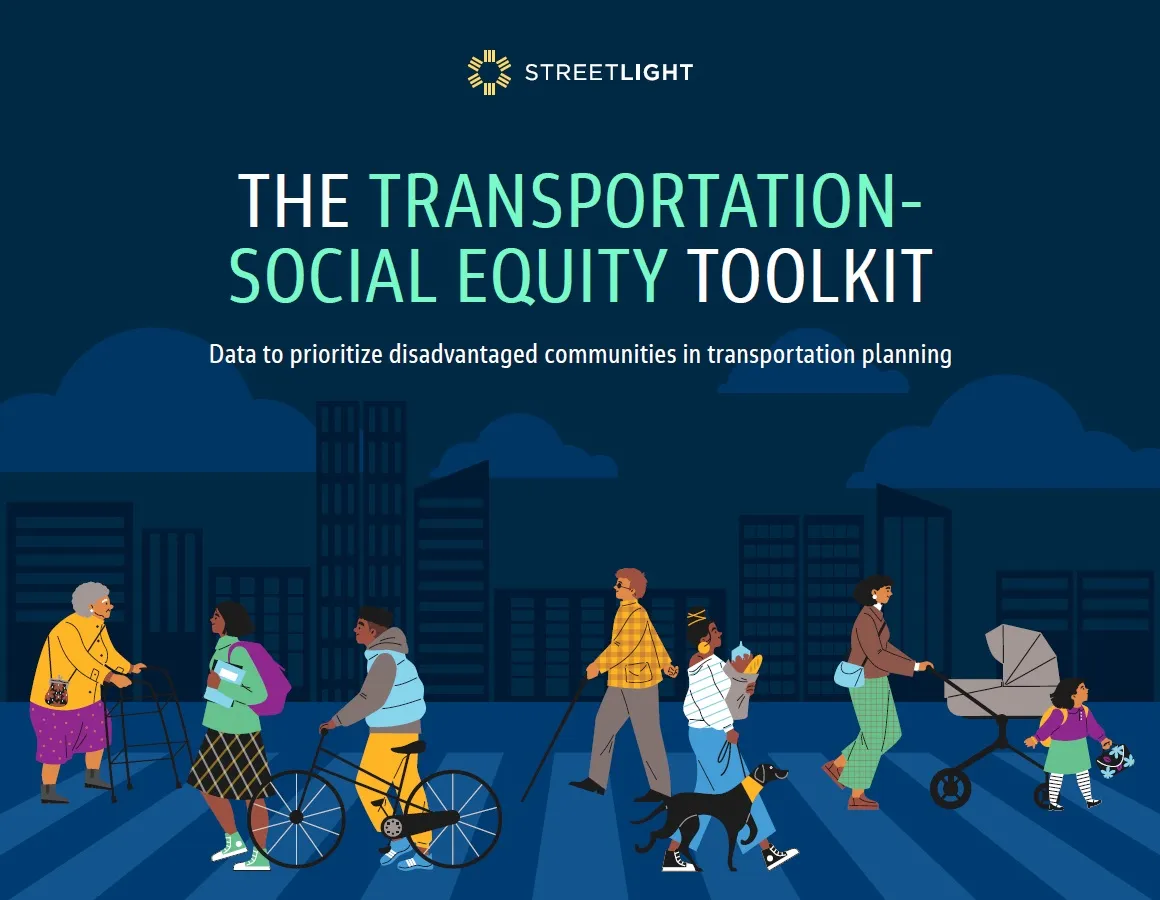
StreetLight Data, a transportation data analyst based in the US, has produced a guide for prioritising public transportation to better serve disadvantaged urban areas.
The company analyses data concerning all areas of transportation, such as congestion, traffic volumes, intersection activity and freight movements to understand how people, goods and services move around cities.
StreetLight’s Transportation Social Equity Toolkit offers tools for measuring equity in transportation. It highlights two examples of equity planning in action, demonstrating how new datasets can help measure human impact.
One example is the demographics of travellers across a bridge in Nashville. The other is around disproportionate truck travel originating from the Port of Norfolk through disadvantaged communities.
StreetLight applies proprietary machine-learning algorithms and its data processing resources to measure travel patterns of vehicles, bicycles and pedestrians. The results are accessible as analytics on the StreetLight InSight SaaS platform.
The company was acquired by Jacobs as a wholly-owned subsidiary in February 2022.









